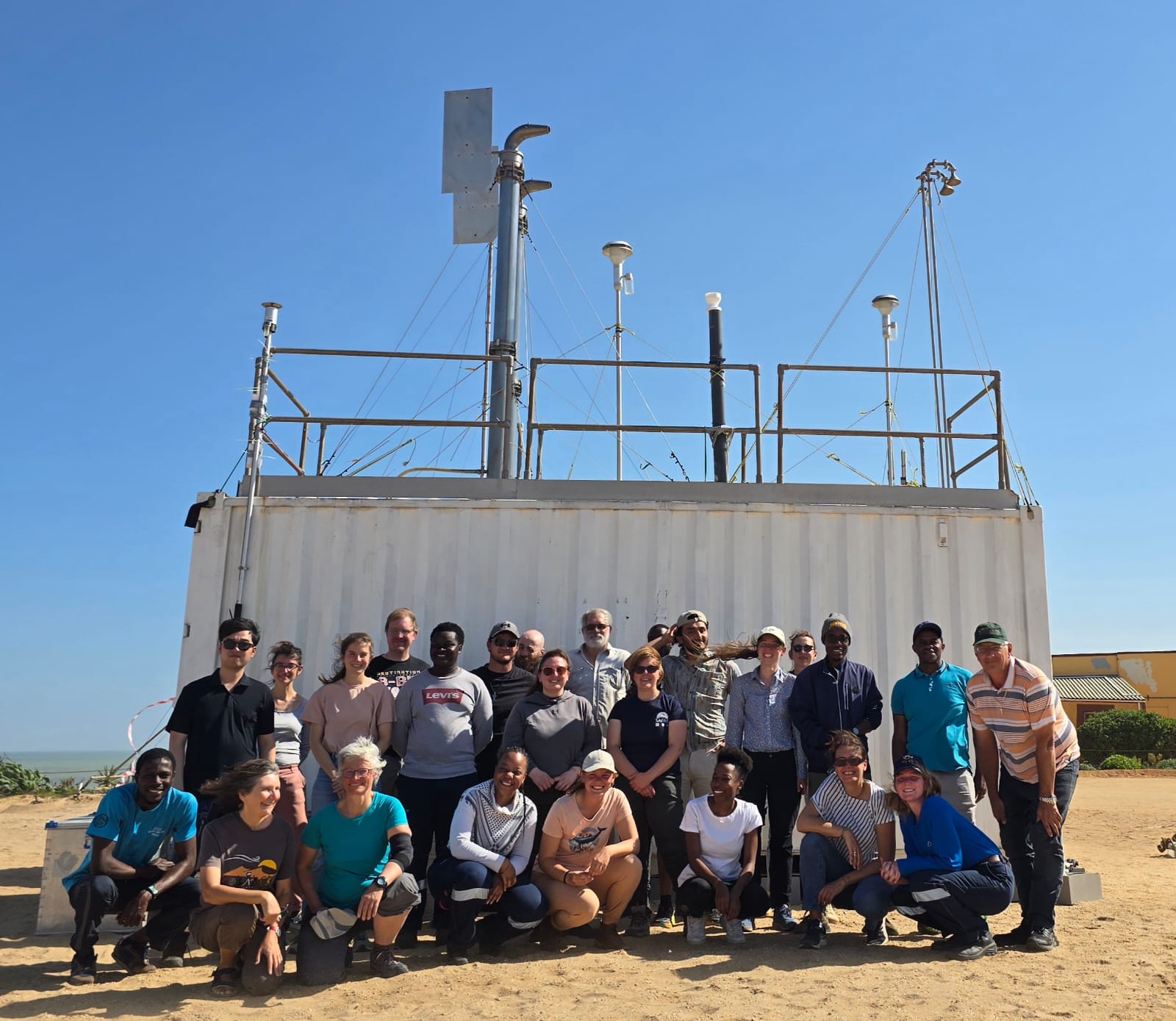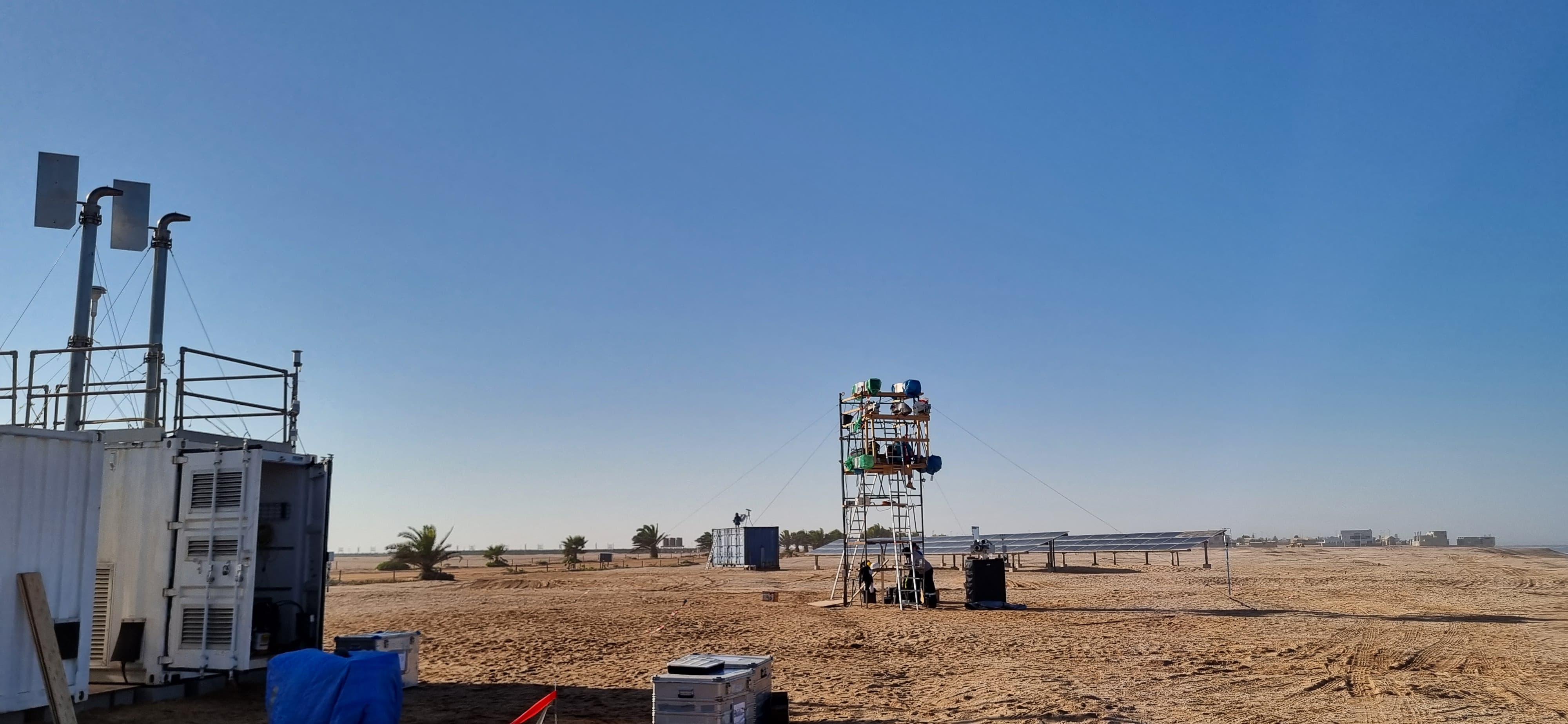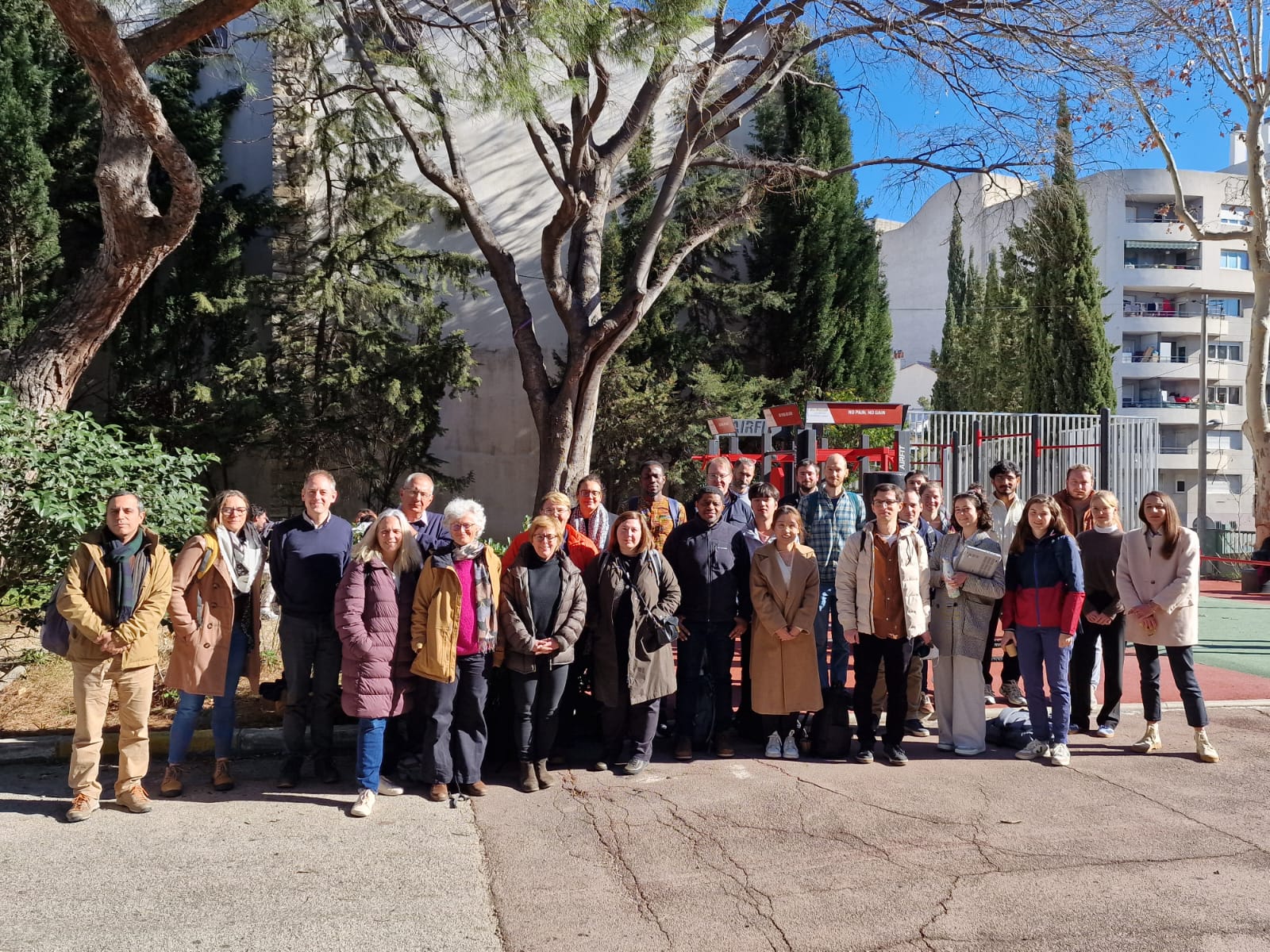Aerosols and fog in southern Africa: processes and impact on biogeochemistry (AeroFog)
- Contact:
- Funding:
DFG (German part) and ANR (French part)
- Partner:
Tropos (Leipzig),
LISA U-PERC (Paris),
LCE Université Aix-Marseille,
Namib Research Institute (Namibia)
- Start Date:
2023
- End Date:
2026
Project Summary
Southern Africa is pointed as one of the world’s climate change hotspots. Namibia is characterized by some of the most extreme climate regimes ranging from the cold Benguela Current to the hyper-arid coastal deserts of the Namib region. Here, fog and low clouds are typical features, affecting the coast and inland where they provide a higher contribution to the total water volume than rainfall. They act as a medium and vector for supplying and regulating the flow of critical limiting resources—water, nutrients, and light—to such sensitive ecosystems. However, the understanding of the microphysical and chemical mechanisms ruling its formation, composition, and its ability to solubilize aerosol nutrients and distribute them over a wider region is still not well understood. To close these existing knowledge gaps, an interdisciplinary approach including atmospheric sciences, remote sensing, and ecology is essential as proposed here within the AEROFOG project. AEROFOG aims at understanding the role of aerosols on the development of fog, its chemical composition, and its influence on local biogeochemistry. AEROFOG is based on simultaneous detailed measurements of aerosol, deposition and fog chemistry, and microphysics during two intensive field campaigns in the austral winter and summer at coastal and desert sampling sites, maximizing the fog occurrences while differentiating their compositions. In addition, laboratory studies on the effect of fog on the local biogeochemistry, especially on the survival of endemic plant species will be performed. These original measurements will be interpreted by multiphase process modelling of the aerosol/fog interactions and will provide a new understanding of fog microphysics and chemistry, and its impact on local biogeochemistry. The broad impact of fog on the Namib environment will be addressed by coupling the information on spatial and temporal fog patterns from high-temporal resolution satellite imagery with the experimental results. In total, this interdisciplinary and collaborative effort, will close existing knowledge gaps and provide, for the first time, knowledge of the distribution and input of fog-related nutrients and their fate on endemic species in arid ecosystems such as Namibia, important for climatic predictions and the health of the environment.
Project News
- Two field campaigns were conducted in 2024: May and September. Two of our group members (Deepanshu Malik and Viola Hipler) participated in the first campaign in Henties Bay, Namibia, where we deployed ceilometers at two different sites to measure cloud base height of the advected stratus clouds. Cloud base height is a critical parameter that determines where the stratus touches the ground and turns to fog.


- In early February, 2025, we held a project meeting in Marseille, France, to discuss the scientific activities within the project related to the field campaigns, collaborations, and future planning. A great opportunity to exchange ideas and shape our community.

